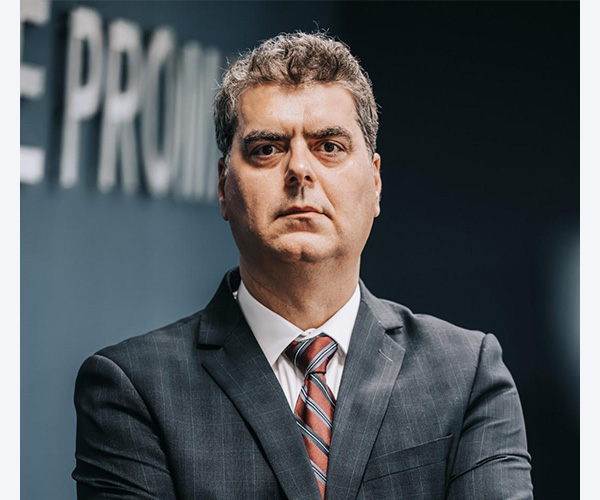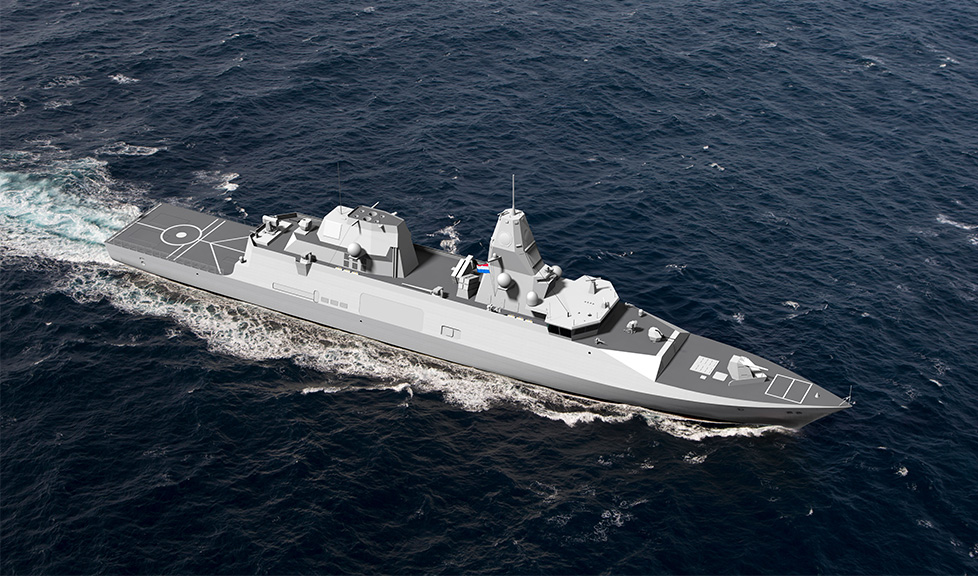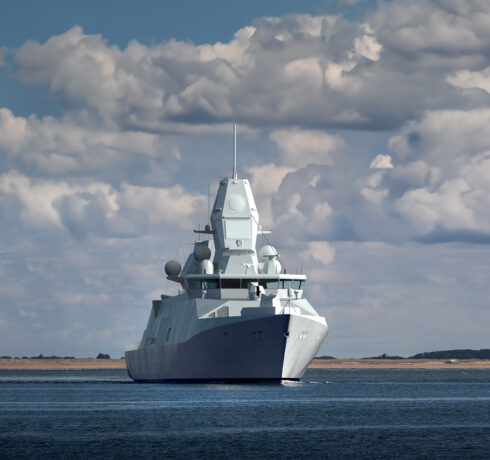As the Anti-Submarine Warfare (ASW) frigate project is picking up speed, colleagues in Romania have been preparing for the production phase. The ASW frigates are the first frigates in which a new type of material will be used for the blast bulkheads. To familiarise themselves with the materials and practice the welding techniques needed, the team has started work on a mock-up section.
 Damen Shipyards Galati Projects Director Aurelian Nistor.
Damen Shipyards Galati Projects Director Aurelian Nistor.
“For these frigates, the blast bulkheads will consist of very thick triple sandwich walls,” explains Damen Shipyards Galati Projects Director Aurelian Nistor. “The other challenge is that we are working with very thin steel plates. This is a new way of working and we wanted to test it for ourselves.”
By making a practice section, the team could test their welding techniques and train new people. Aurelian: “This section allows us to see what challenges we might face when the actual production starts. This will help us figure out what solutions we need. Doing this practice section allows us to gain so much knowledge, for both production and engineering.”
According to Aurelian the Romanian team is viewing the practice section as a good challenge after the Combat Support Ship has left the yard and ASWF production hasn’t officially started. The cutting of the first steel is scheduled for 1 July. “Shipbuilding is in our DNA; I have worked with Damen for 26 years. The team is enthusiastic to try something else, and this is an exciting project.”
Contracts signed for ASWF
In recent months many contracts have been signed with suppliers for the ASWF project. Many of the companies Damen Naval partners with are Dutch, such as Van Halteren Technologies which will deliver the Replenishment at Sea (RAS) systems and Helicopter Transfer Systems (HTS).
 The new ASW frigates are the replacements for the current Karel Doorman-class multipurpose frigates.
The new ASW frigates are the replacements for the current Karel Doorman-class multipurpose frigates.
Following our partnership on Combat Support Ship (CSS) Den Helder, Groningen based company Newthex will deliver custom shell doors for the ASWF, handling the full scope from design to integration, including the associated hydraulic and electrical systems. VABO Composites, based in Emmeloord, will supply doors and hatches. Their components are corrosion-resistant, require little maintenance and help support the goal to design and build sustainable, high-performance ships.
Fer Tummers took over as Project Director from Joop Noordijk on 1 December 2024. He was previously Project Director for the Midlife Update of HNLMS Johan de Witt and involved in the final stages of the CSS project. “It was of course fantastic to receive the phone call asking if I would like to take on this role. I am hugely excited to be able to contribute to this challenging project. It’s like playing football in the Champions League.”

